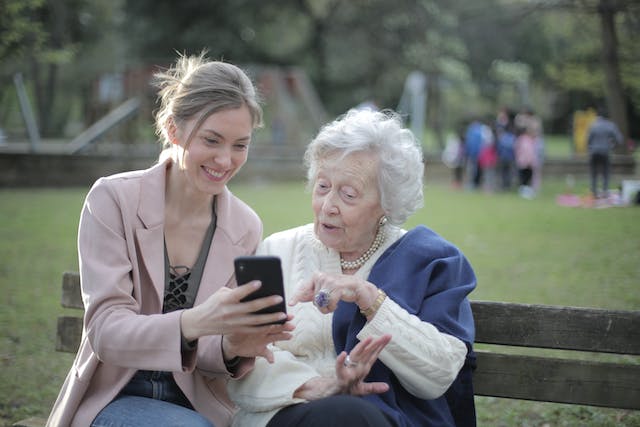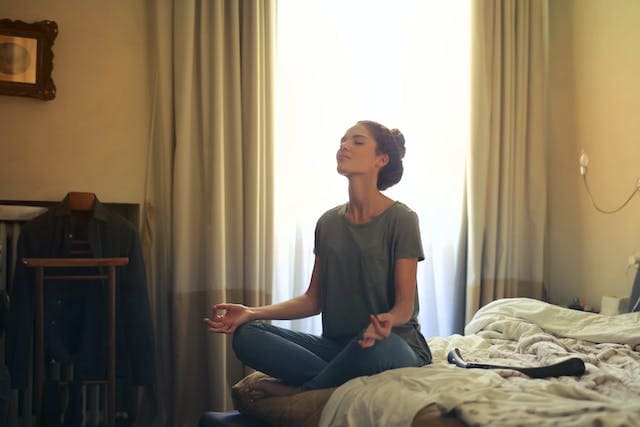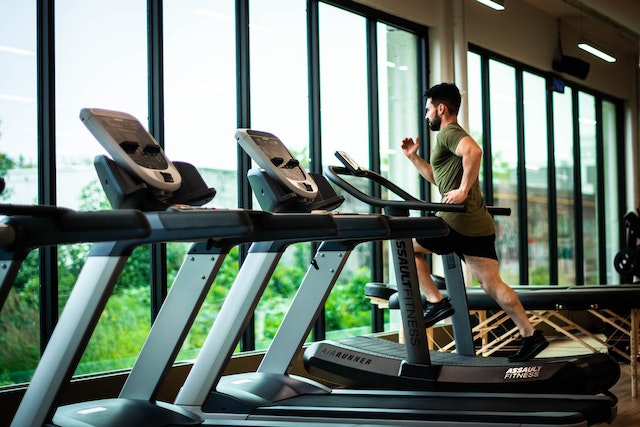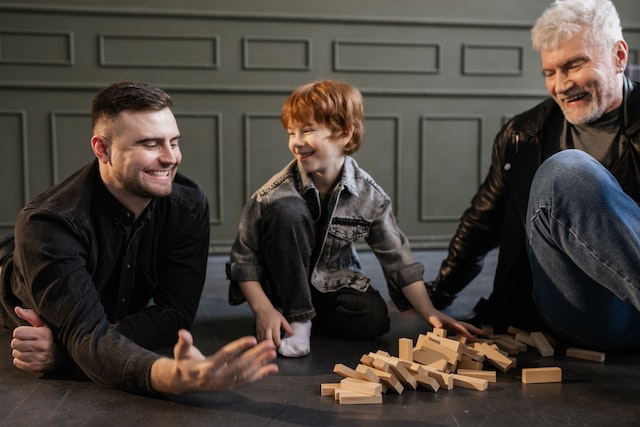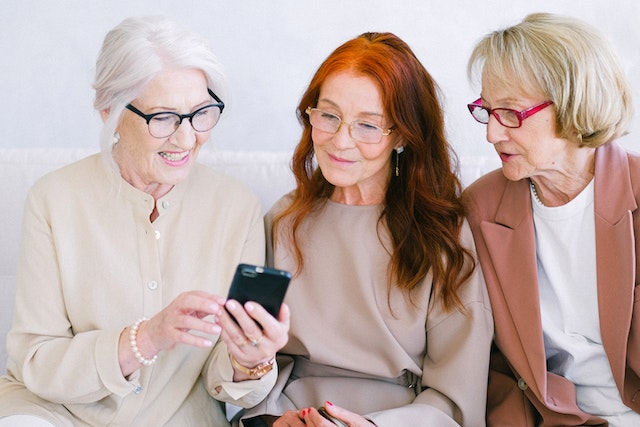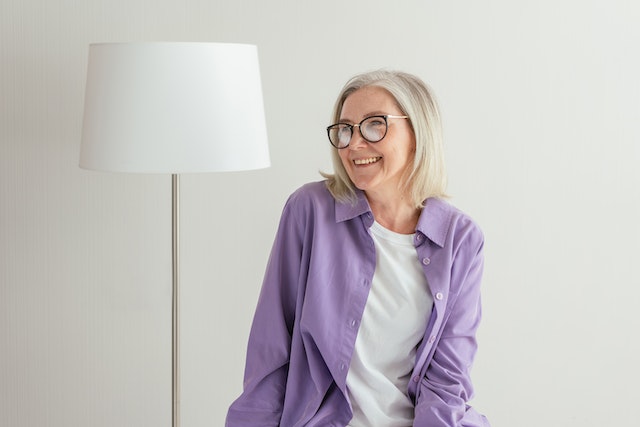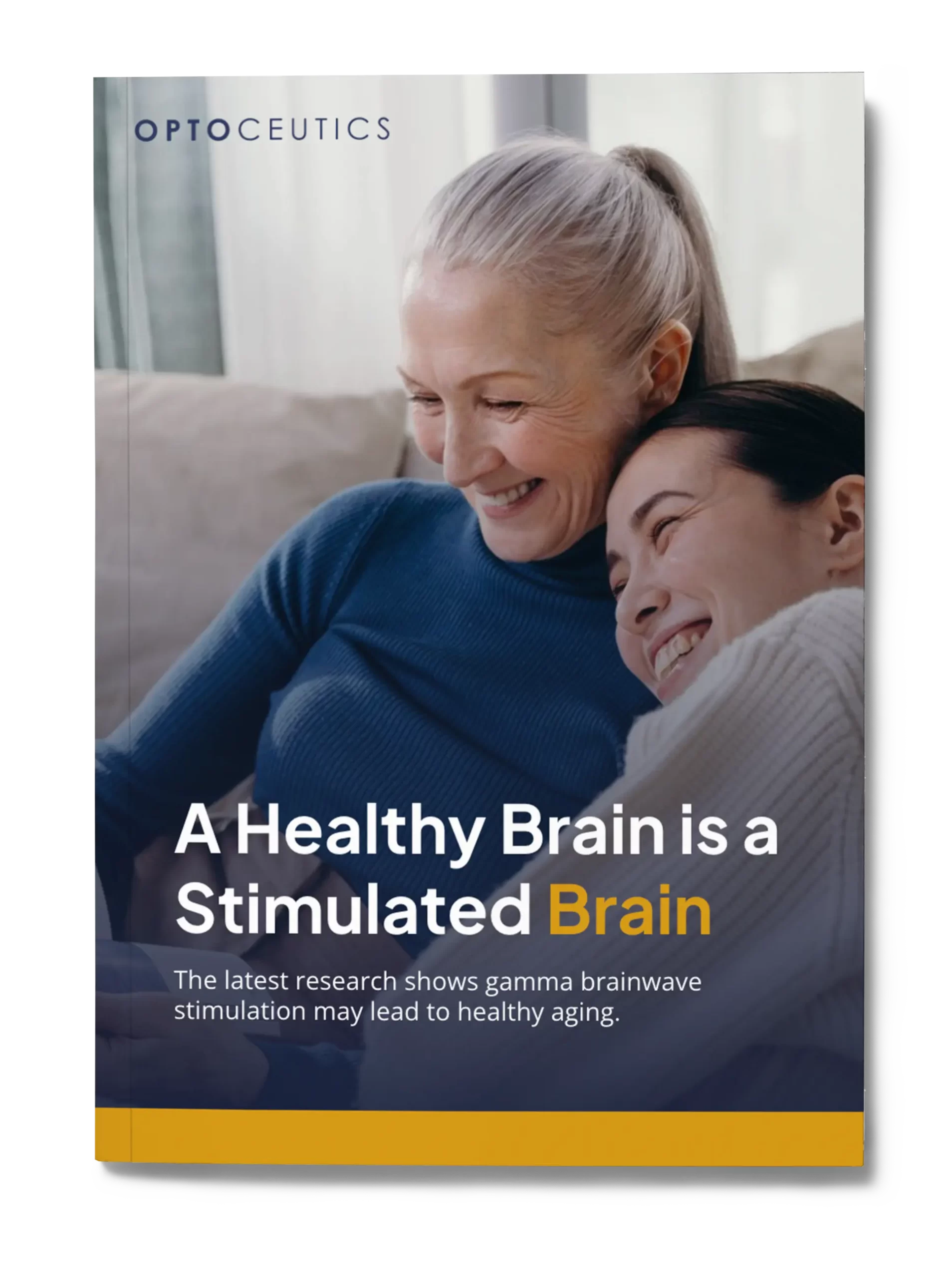Reveal the enormous potential of light therapy for depression and mood disorders. Unveil the science behind the hope on offer with light therapy for people with depression, seasonal affective disorder, and more. The technology has the potential to enhance mental wellbeing, but there are many nuances to this therapeutic approach.
Delve into potential benefits and practical insights relating to the use of light therapy in your mental health journey. Gain a deeper understanding of this possible avenue to brighter days by exploring bright light treatment for depression.
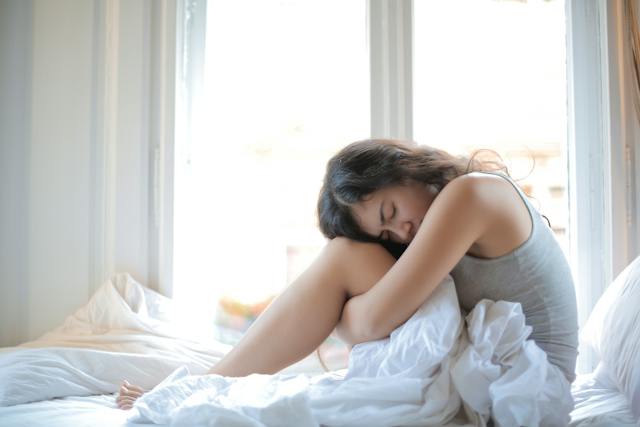
Christopher Ravn
Key Takeaways
1. Light therapy for depression mimics natural sunlight and is believed to have positive effects on circadian rhythm and mood regulation.
2. Scientific research is ongoing, but there is a growing body of evidence that light therapy lamps work for depression and other mood disorders.
3. Potential benefits include mood regulation, improved sleep-wake cycles, enhanced cognitive function, and greater balance in neurotransmitters.
4. There is promise for other types of light therapy too, including red light therapy and green light therapy.
Table of Contents
1. What Is Light Therapy For Depression And What Are Its Benefits?
2. Can Light Therapy Help With Depression?
3. Does Light Therapy Actually Work For Depression, SAD And Mood Disorders?
4. How Does The LED Technology In The Light Help With Depression?
5. How Does A Light Therapy For Depression Session Actually Look Like And How Can You Do It?
6. What Is The Best Device To Use With Light Therapy For Depression?
7. What Is The Best Type Of Light Therapy For Depression?
8. What Is The Best Device To Use With Light Therapy For Depression?
9. How Much Does Light Therapy For Depression Cost?
10. Can Light Therapy Be Detrimental If You Have Depression?
11. Frequently Asked Questions About Light Therapy For Depression
What Is Light Therapy For Depression And What Are Its Benefits?
Light therapy treatment for depression is also known as bright light therapy. Its basic premise is that the patient is exposed to a bright light that mimics natural sunlight. This innovative therapeutic approach has already revealed some real benefits for people battling depression, including:
- Improved mood
- Stabilized sleep patterns
- Enhanced energy levels
But how does light therapy work for depression? Well, it is believed that the light stimulates the production of the neurotransmitter serotonin, which is associated with mood regulation. The therapy is also thought to suppress melatonin, thus aiding in wakefulness.
Regular LED light therapy for depression offers a non-invasive, drug-free treatment option.
Can Light Therapy Help With Depression?
Current research and numerous expert opinions suggest that light therapy can help depression. For example, a 2016 meta-analysis in the Journal of Affective Disorders revealed the great potential of light therapy for mood disorders. Experts also speak highly of its potential for issues like seasonal affective disorder (SAD) and non-seasonal depression.
Dr Raymond W. Lam, a renowned mood disorder expert, emphasizes the treatment’s benefits for regulating circadian rhythms. With a wealth of empirical evidence, it is clear that light treatment for depression has tremendous value as both a complementary and standalone alternative to pharmaceutical treatments.
Naturally, you should never make big decisions about treatment without first consulting your healthcare provider.
Other Treatments Vs Light Therapy For Depression
Bright light treatment for depression stands out from other therapeutic approaches for its non-invasive nature and minimal side effects. Common treatments for depressive conditions include:
- Medications
- Psychotherapy
The former always comes with side effects, while the latter involves an extensive time commitment. LED light therapy for depression, meanwhile, offers a simpler and well-tolerated alternative.
There is a growing body of research that indicates its effectiveness. But you should consider individual preferences when choosing the appropriate treatment. Your healthcare provider can help develop an approach tailored to your circumstances. But light therapy is convenient and has a favorable side effect profile, providing a beacon of hope for anyone seeking an alternative.
Does Light Therapy Actually Work For Depression, SAD And Mood Disorders?
Light therapy for mood disorders has shown itself to have great potential for the treatment of:
- Depression
- SAD
- Other mood disorders
For SAD, depression light therapy has the effect of mimicking natural sunlight and bringing about significant symptom reduction. The therapy has also been used with positive results for non-seasonal depression, with many studies and anecdotal stories of its effectiveness.
Individual responses may vary, but there is a growing consensus that light therapy may work for depression.
How Does The LED Technology In The Light Help With Depression?
In LED light therapy for depression, the LED technology is used to create specific light wavelengths that mimic natural sunlight. The bright, focused light is shone brightly into the patient’s immediate environment, with the goal of influencing neurotransmitters and regulating circadian rhythms.
A 2018 review in the Journal of Affective Disorders highlighted the efficacy of LED therapy, noting numerous positive outcomes in treating depression. Advantages of LED light therapy for depression include:
- Energy efficiency
- Longevity
- The ability to customize wavelengths
However, potential cons for some people include the cost of devices and the need to consistently engage in treatment. Research is ongoing, but LED technology has lots of promise for providing light to help with depression.
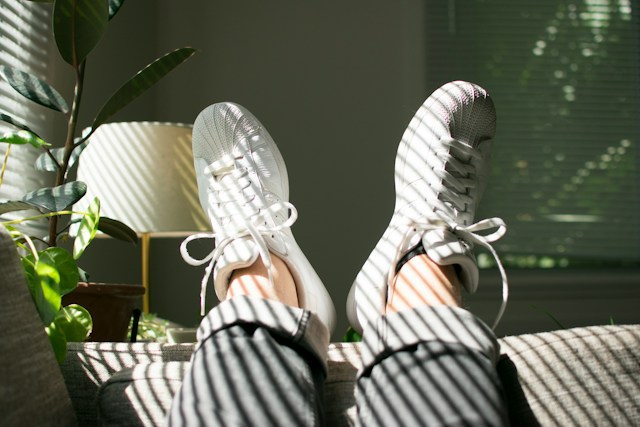
Near-Infrared Light And Depression Illness
Near-infrared light therapy for depression involves exposing the patient to wavelengths close to the infrared spectrum. According to research, potential benefits of this include:
- Influencing cellular function
- Improving metabolism
- Reducing inflammation
- Contributing to mood regulation
Studies are ongoing, but there is evidence of positive outcomes. Again, near-infrared light therapy is non-invasive, with application via light boxes or helmets. But more research is needed to establish protocols for effective treatments. Nevertheless, it is an intriguing area of study for people who suffer from depressive conditions.
Small Studies And Their Findings
There have been many small-scale studies exploring different types of light therapy for depression. One consistent conclusion is the safety of this type of intervention, with minimal adverse side effects reports. Though sample sizes may be limited, results are consistent in suggesting that light therapy can work for depression.
- Improved mood
- Increased energy levels
- Stabilized sleep patterns
How Does A Light Therapy For Depression Session Actually Look Like And How Can You Do It?
In home or in clinical settings, light box therapy for depression involves using a device rated for bright light therapy to carry out the treatment. Individuals sit in a room with the lamp in their line of sight, preferably around 3 feet away. Ideally, a session is carried out in the morning to mimic natural sunlight exposure after sleeping. A recommended session time is one hour to provide ample sunlight intensity.
It is key to carry out these sessions regularly, and daily light therapy for depression is recommended.
What Is The Best Device To Use With Light Therapy For Depression?
EVY LIGHT is a state-of-the-art piece of equipment for delivering LED light therapy. It also taps into the science of promoting overall brain health. Research has shown potential for light therapy in helping with conditions like:
- Alzheimer’s
- Aphasia
- Brain injury
EVY LIGHT is designed to deliver the light wavelengths that science has indicated may help with all these things. The cutting-edge LED technology is complemented by things like a usage tracker, companion app, time indicators, and more. If you are looking for a meticulously-crafted, future-proof solution for light therapy to help depression, seek out a device like EVY LIGHT.
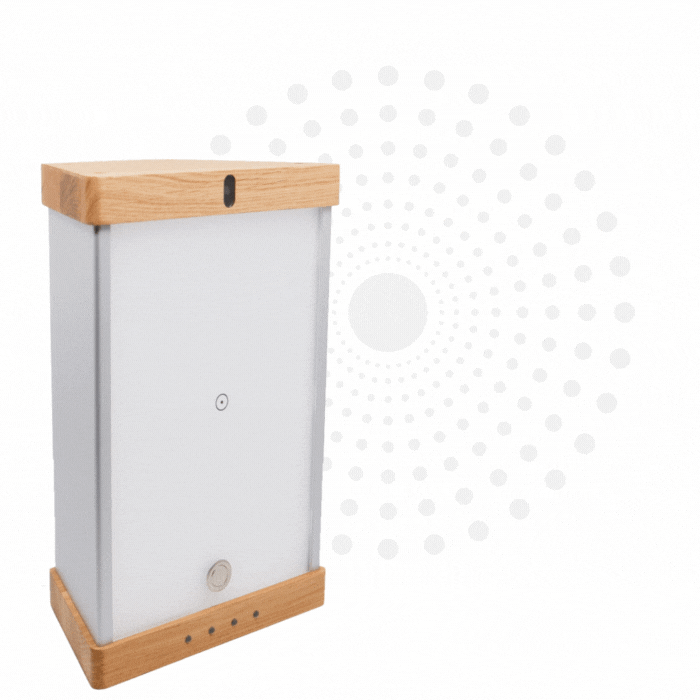
Enhance your brain performance through the power of light.
Comfortable and easy to use 40Hz light therapy to support and improve your brain function.
View Our LightOngoing Research And Clinical Trials In Light Therapy Treatments For Depression, SAD And Mood Disorders
Ongoing research and clinical trials into light therapy benefits for depression are advancing our understanding and helping to refine treatment approaches. Studies are looking into things like:
- Personalized protocols
- Optimal light intensity and duration
- Comparing different light sources
Promising investigations are coming from leading institutions like the National Institute of Mental Health, with the aim of establishing standardized practices.
Future prospects could include things like wearable light devices and a deeper understanding of the nuanced relationship between bright light therapy and depression. This is an evolving landscape that offers real hope for individuals affected by depression. Be on the lookout for updates as ongoing work continues to blaze this trail towards enhanced therapeutic strategies.
Effects Of Light Therapy On Brain Functions In Depression
Light therapy is believed to exert profound effects on brain functions in depression. The regulation of circadian rhythm could influence the production of key neurotransmitters like serotonin, which is essential for mood balance.
- Improved memory
- Enhanced attention
- Better processing speed
If ongoing research confirms such an influence on brain functions, light therapy could emerge as a promising intervention. Not only could it elevate mood; it may also promote cognitive wellbeing for people with depression and many other mental and neurological health concerns.
Effect Of Light Therapy On Disturbed Behaviors
Light therapy may have a noteworthy impact on disturbed behaviors associated with depression. We have talked about how exposure to bright light is thought to help circadian rhythms and reset one’s internal body clock. If successful, this addresses disruptions in sleep patterns, thus promoting greater mood stability.
- Social withdrawal
- Lethargy
- Irritability
What Is The Best Type Of Light Therapy For Depression?
There are various options to consider to identify the best type of low mood light therapy. Some that have shown some promise include:
- Red light therapy, thought to influence mitochondrial function and promote neuroprotection.
- Photobiomodulation, which involves low-level lasers and may stimulate the production of certain neurotransmitters.
- Green light therapy, which may have mood-regulating effects by calming the nervous system.
Bright light treatment for depression remains the standout choice. The full-light spectrum mimics natural sunlight, offering a number of well-established potential benefits. There is clear potential in emerging technologies, but the research for bright light therapy is more advanced and it shows huge potential for managing depressive conditions.

How Much Does Light Therapy For Depression Cost?
The cost of light therapy for depression varies. Light therapy lamps are not all created equal, with some costing a few hundred dollars whilst true cutting-edge products are priced at around $2,000.
Light therapy sessions in clinics, where available, may cost anywhere from $50-$150 or more, but daily treatment is recommended. As such, a device for home is strongly recommended.
Some insurance plans may cover the cost of clinical treatments, but you would have to check with your provider. Treatment at home with an energy-efficient device is likely to be the most affordable approach for bright light treatment for depression.
Can Light Therapy Be Detrimental If You Have Depression?
Light therapy for depression is generally considered safe. But it is important to consult with a healthcare professional before starting as it may not be suitable for everyone. Using light therapy without proper guidance may be ineffective and could lead to adverse effects in rare cases. Individual responses vary, so light therapy should be carried out in a safe and appropriate way for you.
View The Video Testimonials Of What Others Have Experienced
See how others have achieved a sharper mind by activating their gamma brainwaves in combination with maintaining a healthy lifestyle.
Frequently Asked Questions About Light Therapy For Depression
What Is The Best Light Therapy For Depression?
Current research indicates that bright light therapy shows the most promise for depression. Studies are ongoing and there may be new revelations about this exciting treatment option.
How Light May Help People With Depression
It is believed that light therapy for depression helps regulate circadian rhythms. This can influence neurotransmitters for mood regulation and help establish healthier sleep-wake cycles.



